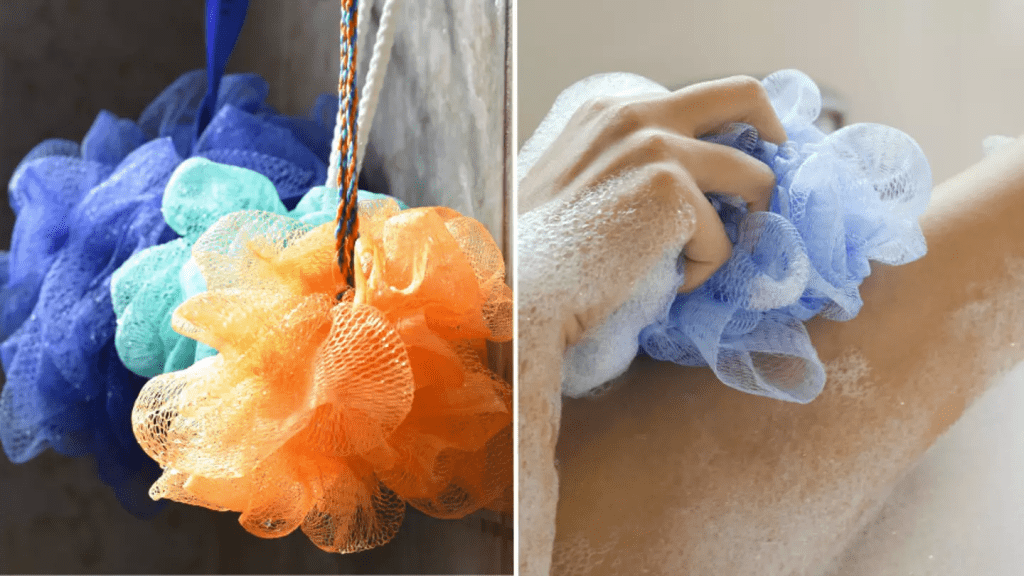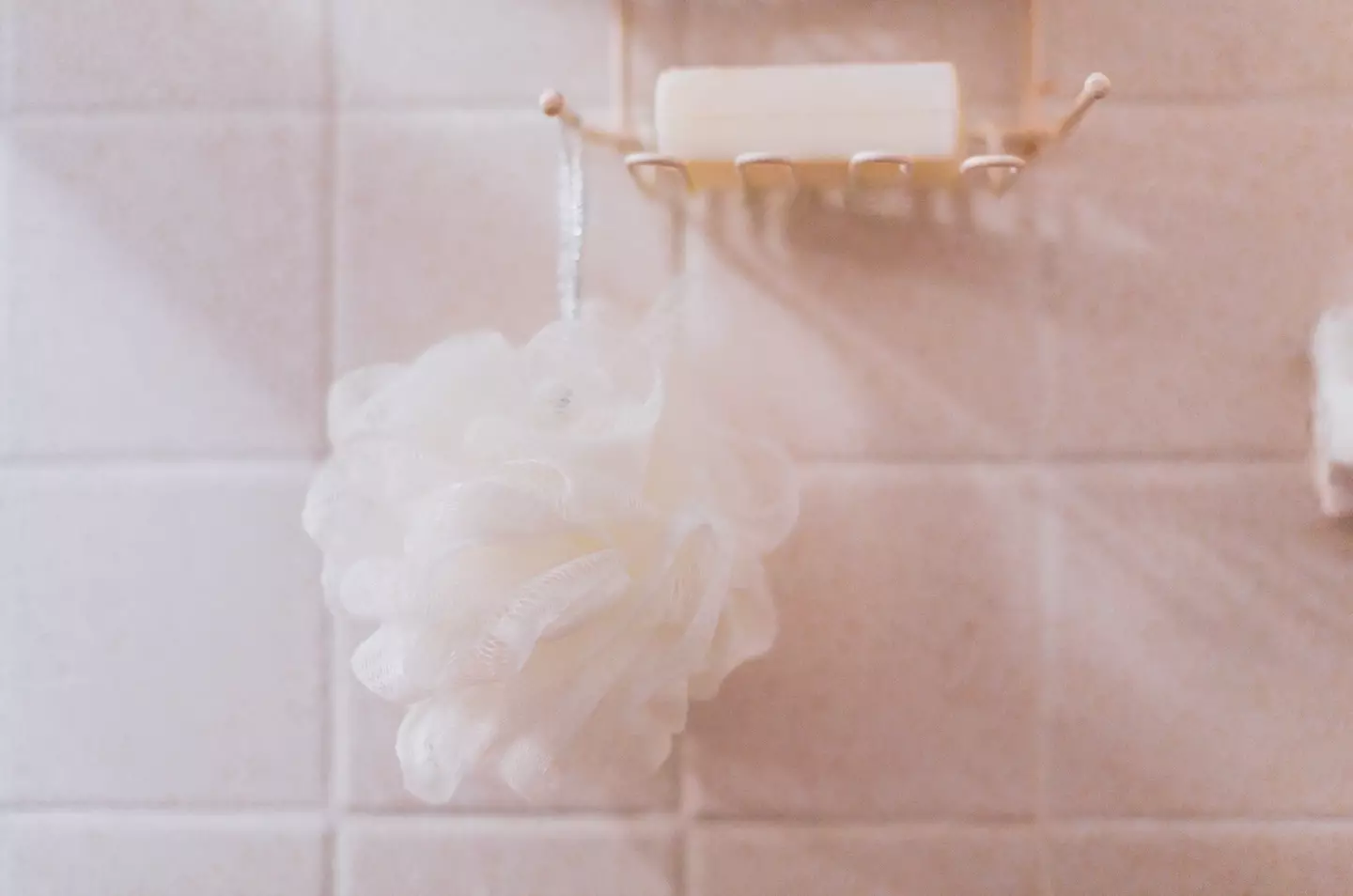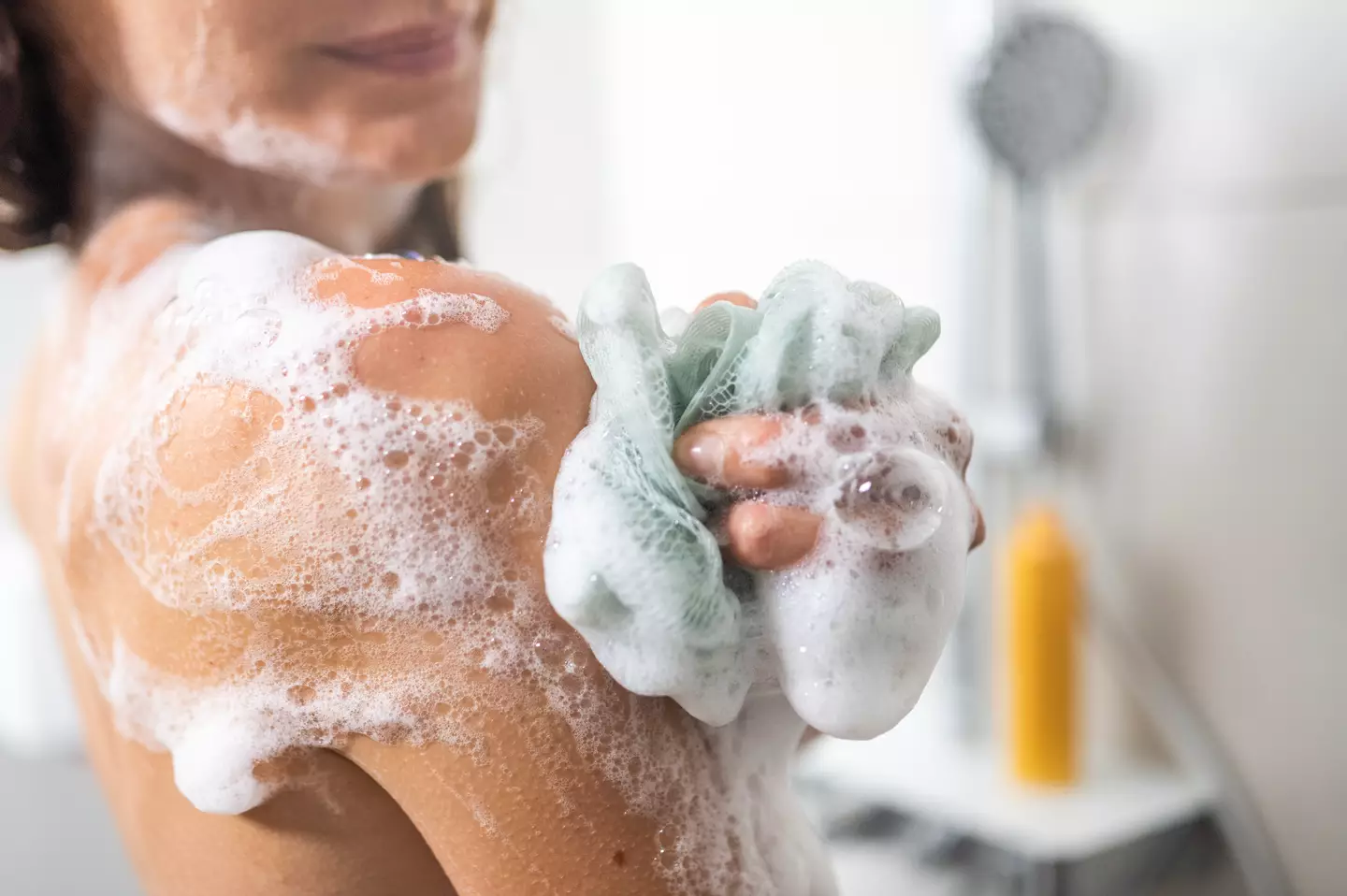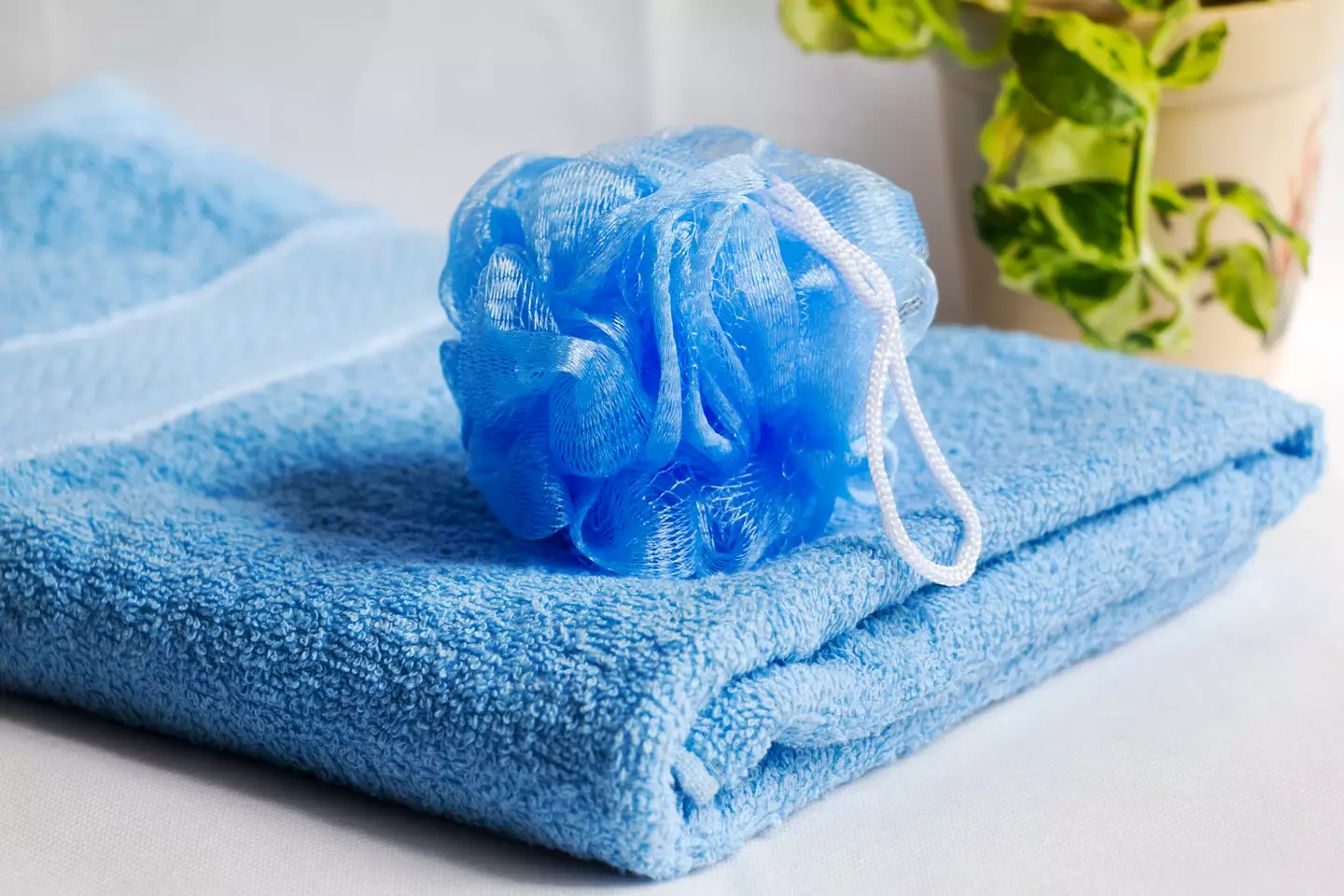For many, loofahs are a shower essential. They exfoliate, lather up wonderfully, and promise a clean, refreshed feeling after every use. But dermatologists are sounding the alarm on these popular shower accessories, warning that they may be doing more harm than good. Here’s why experts are urging caution and what you should consider before reaching for your loofah again.
What Is a Loofah? Understanding This Popular Shower Tool

If you’re not familiar with the term, a loofah is a sponge-like bathing tool that’s typically made from synthetic mesh. It’s designed to exfoliate the skin by scrubbing off dead cells, leaving your skin feeling smooth and clean. With a drop of shower gel and a bit of water, the loofah creates a thick lather that many find more satisfying than using hands alone. When you’re done, it’s easy to rinse, squeeze, and hang it up to dry, ready for next time.
For those who prioritize a thorough scrub and effective exfoliation, loofahs seem like the perfect solution. However, recent studies and expert advice reveal a hidden downside to these shower staples.
The Hidden Dangers Lurking in Your Loofah
While the texture and design of loofahs are perfect for exfoliating skin, they’re also an ideal breeding ground for bacteria. According to dermatologists from the Dermatology Institute, the damp, warm environment of a bathroom is a paradise for microorganisms. After each use, the loofah absorbs dead skin cells, oils, and dirt, which become trapped in the mesh, providing ample food for bacteria. Dermatologist Dr. Joel Schlessinger explains, “Loofah sponges are intimate with many unclean areas of the body and then sit around allowing bacteria to multiply within the nooks and crannies of the sponge.”
This bacterial build-up can lead to serious skin infections, especially for those with compromised immune systems. Though many believe rinsing the loofah removes bacteria, the porous structure makes it difficult to thoroughly clean, allowing bacteria to thrive.
Common Infections Associated with Loofahs
Using a loofah that harbors bacteria can put you at risk of skin infections, rashes, and irritation. Here are some common issues associated with loofah use:
- Folliculitis: This infection occurs when bacteria enter the hair follicles, causing red, itchy, or painful bumps.
- Staph Infections: If staphylococcus bacteria grow on the loofah, users may risk a staph infection, which can be mild or severe, depending on the strain.
- Fungal Infections: Loofahs can trap moisture, which creates an environment where fungal infections, such as ringworm, can thrive.
- Acne: Using a dirty loofah can spread bacteria across your body, exacerbating or causing body acne.
Dr. Schlessinger stresses that he’d “never use a loofah on his skin” because of these risks. And while some people may be more susceptible than others, loofahs pose a risk to all users.
Are There Any Safe Ways to Use a Loofah?
For those who can’t bear to part with their loofah, there are ways to reduce the risks, although they may not entirely eliminate bacteria. Here are some expert-recommended steps:
1. Limit Loofah Use to Once or Twice a Week

Using a loofah daily can increase the risk of irritation and infection, especially if it isn’t thoroughly cleaned and dried. If you have sensitive skin or skin conditions like eczema, dermatologists suggest limiting exfoliation to once or twice a week.
2. Clean and Disinfect Regularly
Disinfecting your loofah at least once a week can help reduce bacterial buildup. Soaking it in a vinegar solution or a diluted bleach mixture can kill some microorganisms. After soaking, rinse it thoroughly and let it air dry completely.
3. Choose Natural Loofahs Over Synthetic Ones
Natural loofahs made from plant fibers are often easier to clean and dry more thoroughly than synthetic ones. They’re also biodegradable, making them an eco-friendly option. However, natural loofahs are still prone to bacterial growth if not cleaned and dried properly.
4. Avoid Leaving the Loofah in the Shower
After each use, rinse the loofah well and hang it to dry outside the shower. Leaving it in the damp environment of the bathroom can encourage bacteria to grow. If possible, place it in an area with good air circulation to allow it to dry between uses.
5. Replace Your Loofah Regularly
Even with regular cleaning, loofahs should be replaced frequently. Dermatologists suggest changing synthetic loofahs every one to two months and natural loofahs every three to four weeks. Keeping a fresh loofah minimizes the risk of bacterial build-up over time.
Who Should Avoid Loofahs Altogether?

Certain individuals should avoid loofahs completely due to the potential for infections and skin irritation. People with sensitive skin, eczema, psoriasis, or compromised immune systems should skip loofahs and opt for gentler alternatives. The risk of irritation and infection is higher for these groups, and regular use of a loofah may exacerbate skin conditions.
Alternatives to Loofahs for Safe, Effective Cleansing
For those ready to ditch the loofah, several alternatives offer safe and hygienic ways to exfoliate and cleanse without harboring bacteria:
1. Exfoliating Washcloths
Exfoliating washcloths are softer and easier to clean than loofahs, making them a better choice for daily use. They dry faster and can be machine-washed after each use, which helps maintain hygiene.
2. Silicone Body Brushes
Silicone brushes are non-porous, which means they don’t trap bacteria as loofahs do. They’re easy to clean and dry, and they provide gentle exfoliation without the risk of bacterial build-up.
3. Exfoliating Scrubs
If you love the feeling of exfoliation, try a body scrub with gentle exfoliating particles. Exfoliating scrubs come in various textures and scents and don’t carry the same bacterial risks as loofahs.
4. Simple Hand Cleansing

In many cases, simply using your hands to lather and cleanse your body is enough for a thorough wash. This method is gentle on the skin and eliminates the risk of bacterial contamination.
Is It Time to Ditch Your Loofah?
While loofahs may be popular, their potential to harbor bacteria makes them a questionable choice for personal hygiene. Dr. Schlessinger and other dermatologists agree that the risks often outweigh the benefits, particularly for those with sensitive or compromised skin.
By switching to safer, more hygienic options like silicone brushes, exfoliating washcloths, or just your hands, you can enjoy a clean, fresh shower routine without worrying about the bacteria that may be lurking in your loofah. Your skin will thank you for it!


